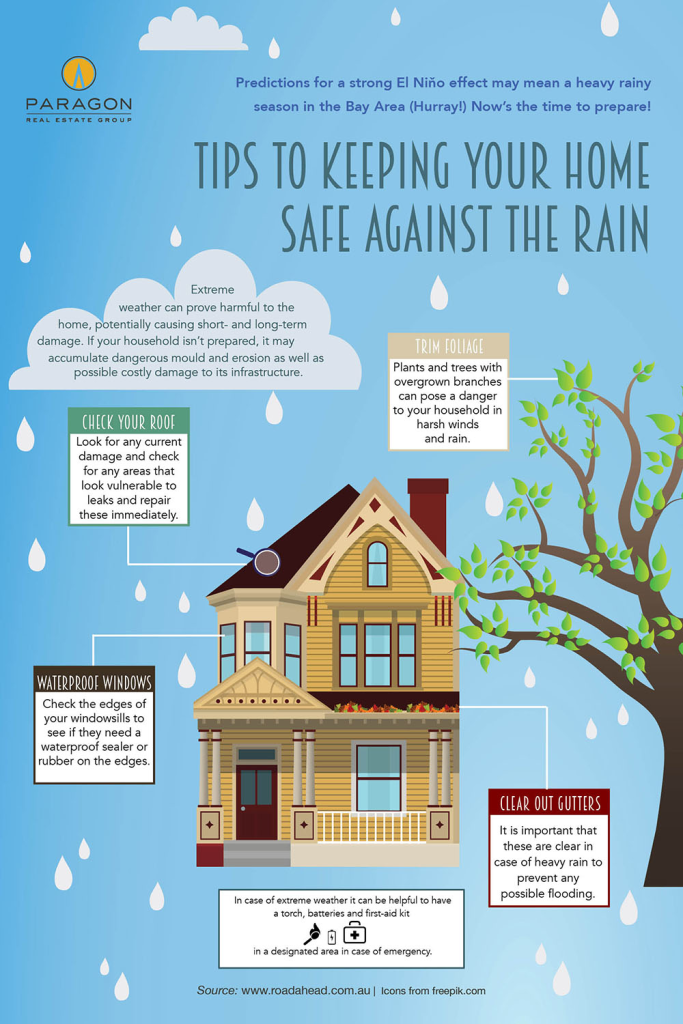Discover The Impact Of Different Weather Conditions On Your Roofing System Setup To Ensure A High-Quality Work
Discover The Impact Of Different Weather Conditions On Your Roofing System Setup To Ensure A High-Quality Work
Blog Article
Composed By-Terry Drachmann
When it concerns roof installations, the weather condition can make or damage the task. Visualize the stress of managing materials that won't coordinate because of severe heat or fighting slippery surfaces triggered by unforeseen rain. Understanding the influence of weather on your roof job is vital for a successful outcome. So, let's check out just how various weather components can influence the top quality and durability of your roof installation, making certain a work well done.
Impact of Temperature on Roofing System Installation
When it concerns roof covering installment, temperature level plays an essential function while doing so. The optimal temperature for roofing tasks commonly falls between 45 and 85 degrees Fahrenheit. Severe warm can trigger products like tiles to come to be too flexible, bring about potential damage throughout installment. On the other hand, cool temperature levels can make materials weak and susceptible to cracking. It is essential to schedule roof covering installations throughout moderate temperatures to make sure the most effective outcome.
Throughout colder weather, specialists might need to take additional precautions such as using heated tools or permitting products to heat up prior to installment.
On the other hand, hot weather might call for job to be done previously or later on in the day to avoid the peak temperatures. By considering the temperature and its effects on roofing products, you can assist guarantee an effective installment that will certainly hold up against the components for many years ahead.
Effect of Precipitation on Roofing Projects
Roof covering tasks can be considerably influenced by precipitation, impacting both the timeline and the high quality of the setup. Rain or snow can produce slippery conditions, making it dangerous for contractors to work on a damp surface area. Additionally, dampness can jeopardize the bond of materials like shingles or underlayment, resulting in possible leaks or problems in the future.
If it rains during a roofing job, the water can permeate right into susceptible locations, triggering hold-ups as the installation team must wait for the roofing system to completely dry prior to continuing. Excessive wetness can additionally promote the growth of mold and mildew and mold, further endangering the integrity of the roof.
To avoid these problems, it's recommended to arrange roof covering projects throughout drier seasons or keep track of the weather report very closely to plan around any prospective rainstorms. By taking precautions to work in desirable climate condition, you can guarantee a smoother and much more successful roof installation procedure.
Impact of Wind Speed on Installation Success
Throughout roof installment, the speed of the wind plays a critical duty in determining the success of the task. Read Alot more can pose considerable difficulties to roofing professionals, possibly resulting in safety dangers and top quality issues. When wind rates surpass suggested limitations, it becomes hard to manage materials, increasing the threat of accidents and damage to the roofing materials. Solid gusts can also influence the precision of measurements and the precision required for appropriate installation.
To make certain an effective roof installment, it's necessary to monitor and think about wind rates. Preferably, hardwood floor refinishing san antonio to take place on days with reduced to modest wind speeds. This not only boosts the safety and security of the employees but also improves the total top quality of the installation.
Roof tasks arranged throughout calm climate condition are more probable to be completed successfully and with less mistakes. By taking note of wind speed forecasts and preparing as necessary, you can assist make sure a smooth and effective roofing system installment procedure.
Conclusion
So, when it involves roof installment, keep in mind to consider the weather to guarantee an effective job. Optimum temperatures, completely dry conditions, and moderate wind speeds are crucial factors to prioritize for a smooth installment procedure. By arranging your project throughout the most effective seasons and excellent climate condition, you can accomplish a sturdy and resilient roofing system that will shield your home for many years to come.
